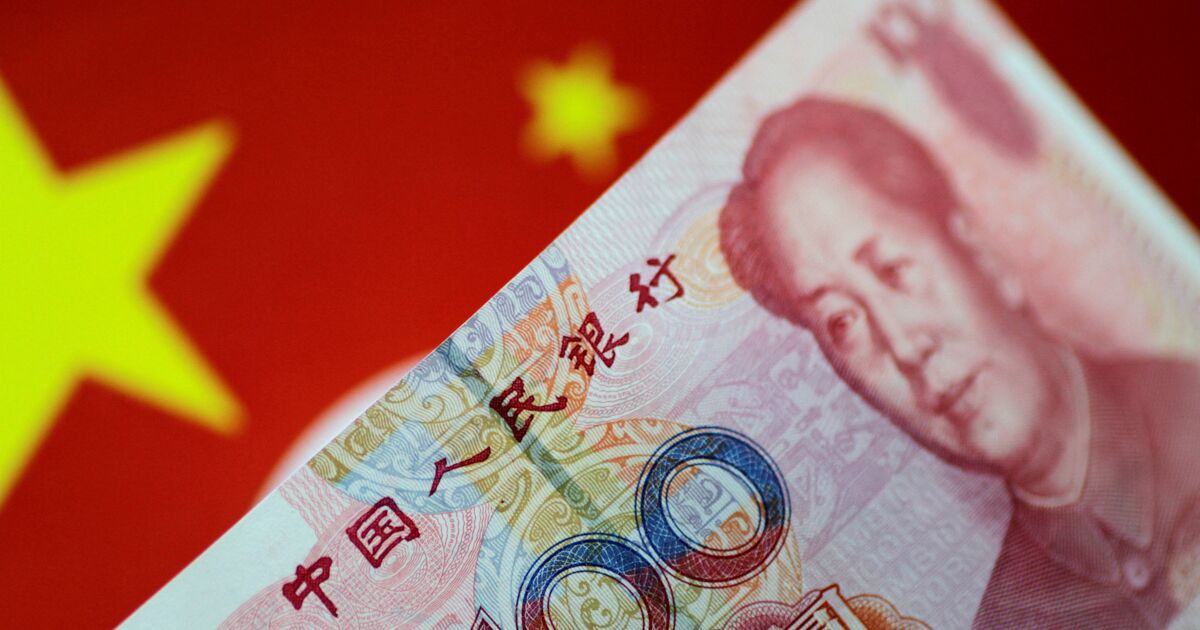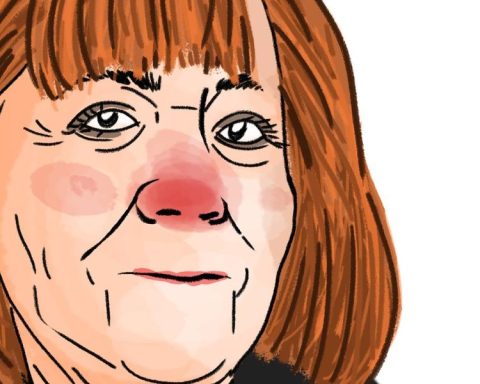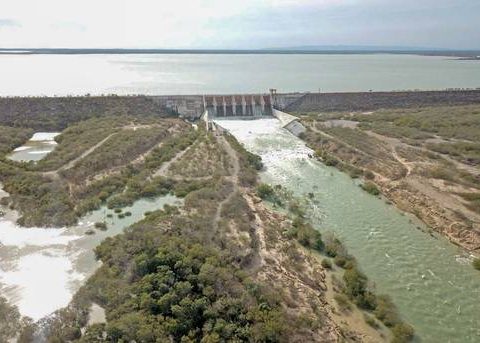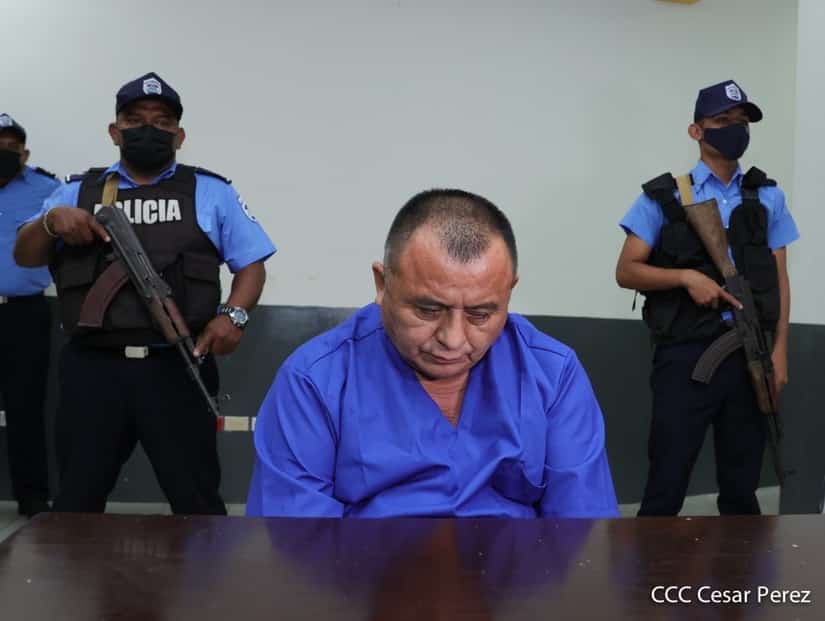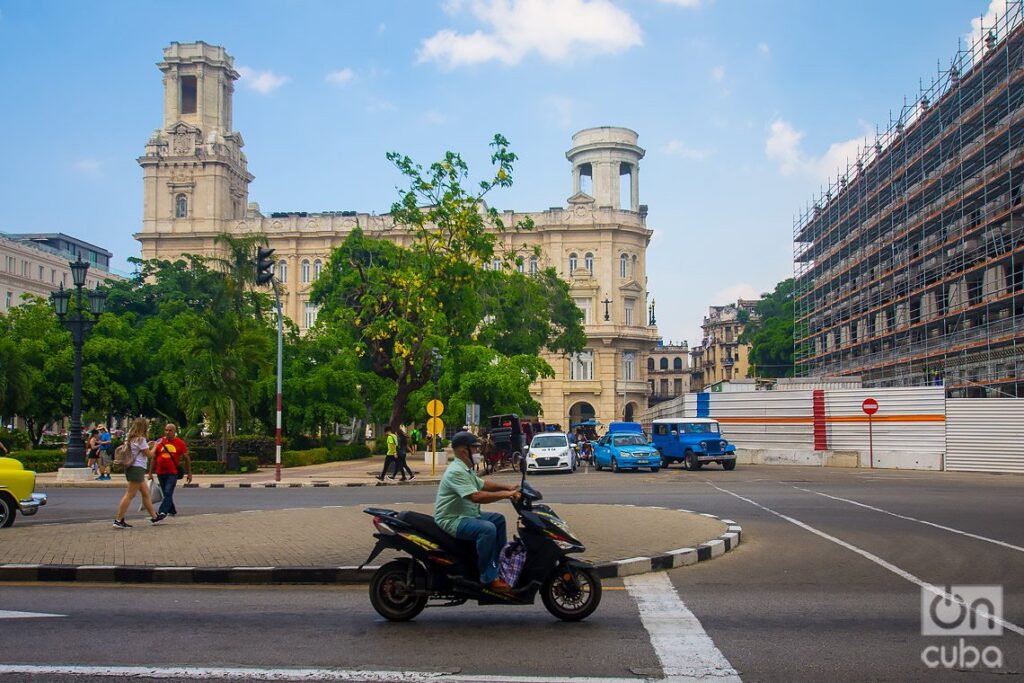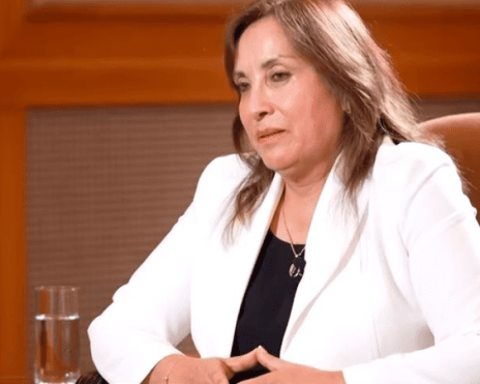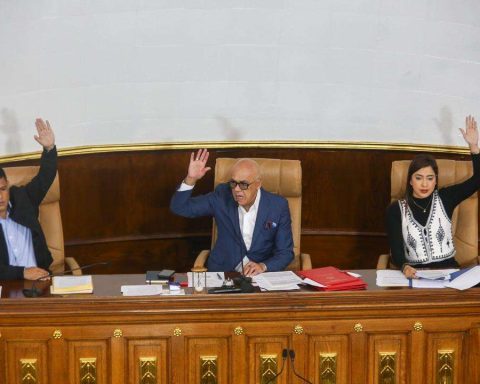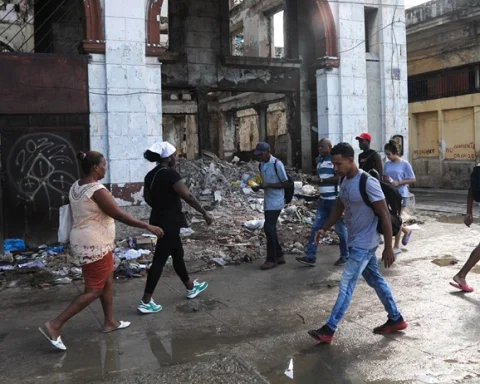Gross domestic product fell 2.6% in the second quarter from the previous quarter, according to official data, versus expectations for a 1.5% decline and a revised 1.4% rise from the previous quarter.
In annual terms, GDP for the April-June quarter grew by a tepid 0.4%, below forecasts for a 1.0% increase, according to a Reuters poll of analysts, marking a sharp slowdown from the 4.8% in the first quarter. .
In the first half of the year, GDP grew by 2.5%, well below the Government’s target of growth of around 5.5% for this year.
“The Chinese economy has been on the verge of falling into stagflation, although the worst has passed since the May-June period. The possibility of a recession, or two consecutive quarters of contraction, can be ruled out,” said Toru Nishihama, an economist head of the Tokyo Dai-ichi Life Analysis Institute.
“Given the meager growth, the Chinese government is likely to roll out economic stimulus measures from now on to revive its flagging growth, but the hurdles are high for the PBOC (China’s central bank) to cut interest rates further, as it would fuel inflation, which has remained relatively low so far.
Full or partial lockdowns were imposed in the country’s main centers in March and April, including the commercial capital Shanghai, which saw a 13.7% year-on-year contraction in GDP last quarter.
While many of those lockdowns have since been lifted, and June data offers signs of improvement, analysts don’t expect a quick economic recovery. China maintains its strict “zero-COVID” policy in a context of new outbreaks, the country’s real estate market is in a clear phase of weakening and the global outlook is darkening.
The imposition of new lockdowns in some cities and the arrival of the highly contagious BA.5 variant have increased business and consumer concern over a prolonged period of uncertainty.
Analysts believe the central bank’s room to ease monetary policy further could be limited by concerns about capital outflows as the US Federal Reserve, and other economies, are aggressively raising interest rates. to fight rising inflation.
Rising consumer prices in China, while not as strong as elsewhere, may also help limit monetary policy easing.
A Reuters poll forecasts China’s growth to slow to 4.0% in 2022, well below the official growth target of around 5.5%.
June activity data, also released on Friday, showed China’s industrial output grew 3.9% in June from a year earlier, accelerating May’s 0.7% gain, though below the 4.1% rise forecast in May. a Reuters poll.
Retail sales, meanwhile, rose 3.1% from a year earlier in June and marked the strongest growth in four months, after authorities lifted a two-month lockdown in Shanghai. Analysts had expected a 0% rise after May’s 6.7% drop.
“Retail trade growth indicates that lockdowns have been the main drag on consumption, with demand clearly picking up once Shanghai and other major cities emerged from lockdowns at the end of May,” said Jacob Cooke, director General of WPIC Marketing + Technologies, in Beijing.
“Consumers remain somewhat uncertain about the lockdowns, but with signs that future lockdowns will not be as strict, we are optimistic that consumption will continue to recover in the second half.”
Investment in fixed assets grew 6.1% in the first six months of the year compared to the same period of the previous year, against the forecast of a 6.0% increase and below the jump of 6.2% registered in January-May.
The employment situation remains fragile, with the national survey-based jobless rate falling to 5.5% in June from 5.9% in May, thanks to a recovering economy. However, youth unemployment stood at a record level of 19.3% in June, up from 18.4% in May.
The shaky recovery of China’s capital-hungry real estate sector is being jeopardized by a growing number of homebuyers across the country suspending their mortgage payments until developers resume construction on pre-sold homes.
Data released on Friday showed house prices fell 0.5% from a year ago, worsening the previous month’s 0.1% decline, while monthly growth also failed to recover.
Real estate investment fell 9.4% in June, worsening the 7.8% decline recorded in May, while home sales extended their declines by another 18.3% last month, according to Reuters calculations.
“Even massaging the numbers a bit, it’s hard to see how the government’s target of ‘around 5.5%’ growth this year can be met,” analysts at Capital Economics said.
“That would require a huge acceleration in the second half of this year, which is unlikely.”
